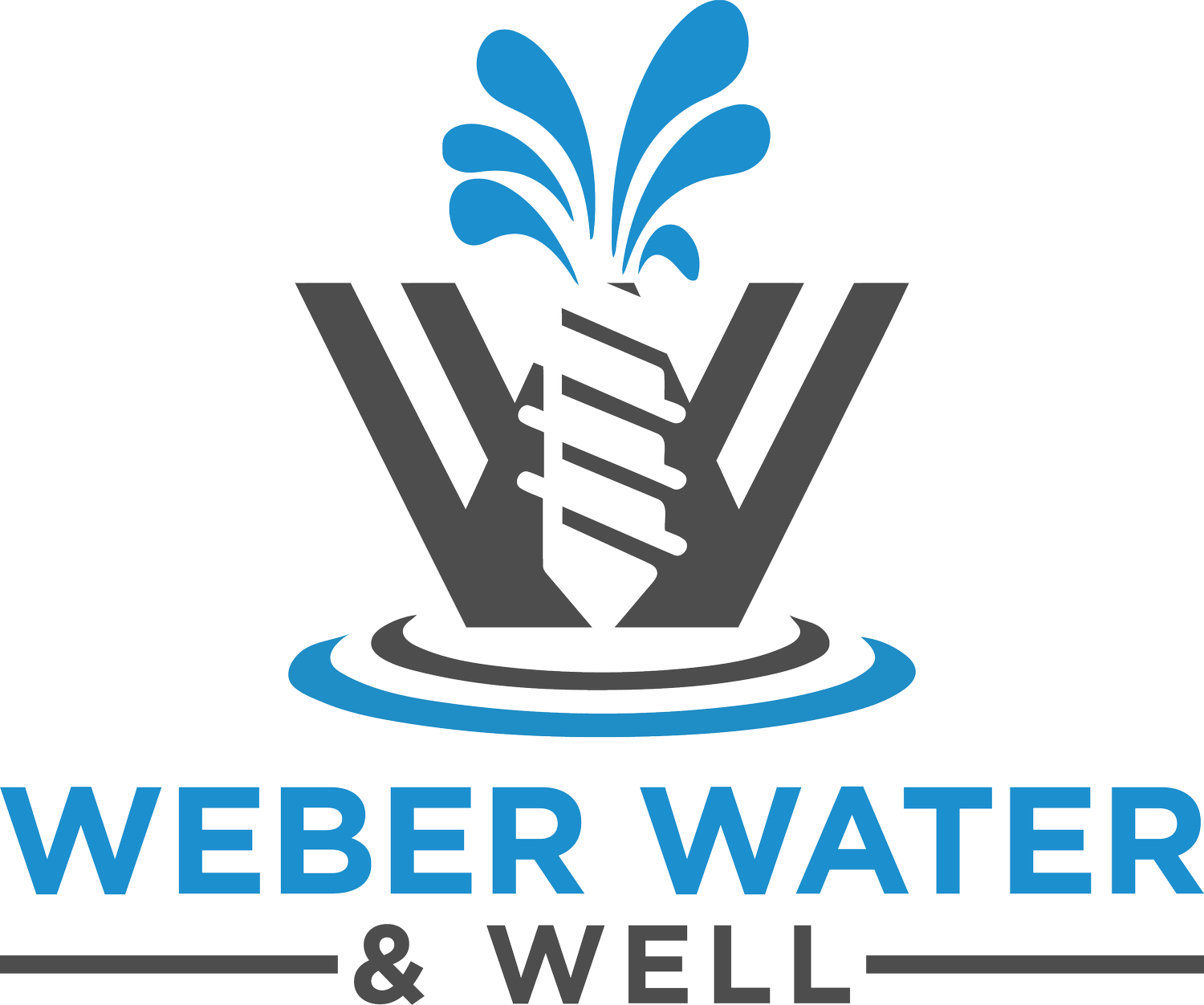7 Common Water Line Repair Problems and How to Solve Them
Water line issues can be a homeowner's nightmare, leading to costly repairs and potential damage to your property. Understanding the common problems and their solutions can save you time, money, and stress. In this article, we'll explore some frequent water line repair problems and simple ways to address them effectively.
1. Identifying Leaks Before They Become Major Issues
Finding leaks early can help you prevent extensive water damage. Learn how to spot the signs of a leaking water line. Common indicators may include wet spots in your yard, a sudden spike in your water bill, or the sound of running water when everything is turned off. If you notice any of these symptoms, it's essential to act quickly.
Using a sound strategy can simplify leak detection. Start by examining your water meter; if it’s moving despite no water usage, you may have a leak. Often, these leaks hide beneath floors or behind walls, but you can use simple tools like moisture meters. Even your smartphone's camera can be put to work, as it might reveal dampness invisible to the naked eye.
2. Dealing with Low Water Pressure Problems
Low water pressure can be frustrating. Discover the typical causes and how to remedy them to restore your water flow. Before jumping to conclusions, assess whether the problem is affecting the entire house or just certain fixtures. If it’s localized, you might just have a clogged aerator or shower head that needs a thorough cleaning.
Another common culprit of low water pressure is the plumbing design. Older homes, in particular, may suffer from undersized pipes that can’t deliver enough water. In addition, municipal issues like broken water mains can temporarily affect supply. It’s a good idea to stay in touch with your water utility to know when there might be disruptions in your area.
If you continue to face low pressure, it’s wise to consult a plumber who can diagnose potential blockages within your system. Remember, addressing these issues sooner rather than later can save you both frustration and money.
3. Understanding Pipe Corrosion and Its Effects
Corroded pipes can lead to severe issues. Here’s how to identify the signs and handle corrosion effectively. Look out for discolored water, which may indicate rust. Moreover, leaks and pipe failures are often a result of corrosion eating away at your plumbing. The good news is that early detection can prevent worse damage.
To combat corrosion, consider investing in protective coatings or routinely replacing aging pipes with more durable materials like PVC. It’s also wise to monitor your water’s pH levels since highly acidic or alkaline water can accelerate pipe deterioration. Another tip? Regular maintenance checks can extend the life of your plumbing and avoid major inconveniences.
4. Addressing Freezing and Bursting Pipes
Frozen pipes are a common winter hazard. Learn preventive measures and steps to take if your pipes freeze. One of the best ways to prevent freezing is to keep your home adequately heated. However, if the cold does catch you off guard, let faucets drip slightly to keep the water flowing rather than still. This can help keep the pipes from freezing.
If you suspect that your pipes are already frozen, turn on your faucets to allow any expanding ice to have room to melt safely. Use a hairdryer or thermal blanket to apply gentle heat to the affected areas. Exercise caution: never use an open flame, as this could cause significant damage.
5. Getting Rid of Clogs in Your Water Line
Clogs can severely affect water flow. Here’s how to identify and clear common clogs in your water line. Often, clogs occur in drain lines due to grease, hair, or food debris. Simple remedies like a mixture of hot water and vinegar can dissolve minor blockages. However, persistent clogs may indicate a more serious plumbing issue that requires professional tools.
Investing in a plumbing snake can be beneficial for homeowners who are comfortable with DIY repairs. This handy tool can navigate through pipes, breaking up tough clogs. Remember to be proactive: regular maintenance and ensuring that nothing inappropriate goes down your drains can save you from unexpected troubles.
6. Handling Backflow Issues for Clean Water
Backflow issues can compromise your water quality. Find out how to recognize backflow problems and solutions to keep your water safe. Common signs include a sudden decrease in water pressure or an unusual taste or smell in your water. Installing a backflow prevention device is crucial, especially in homes with irrigation systems or swimming pools.
Routine testing of your backflow-prevention device can make all the difference. Getting your water tested regularly also ensures that impurities aren’t slipping into your water supply. If you notice signs of potential backflow, do not hesitate to contact a licensed plumber. The sooner you address this, the safer your drinking water will be.
7. Finding the Right Professional Help When Needed
Not every problem can be fixed on your own. Know when it's time to call in the professionals for water line repairs. While minor leaks might be manageable with DIY solutions, chronic backflow issues or severe corrosion typically warrant the expertise of a seasoned plumber.
When seeking help, don’t hesitate to ask for referrals from friends or look up reviews online. A reputable contractor will not only address your problem efficiently but also offer valuable advice on preventative measures in the future. After all, investing in quality repair can save you substantial time and money down the line.


